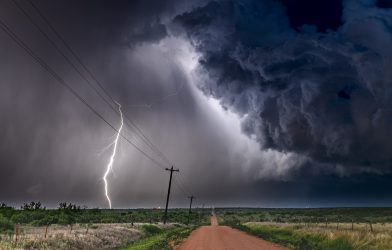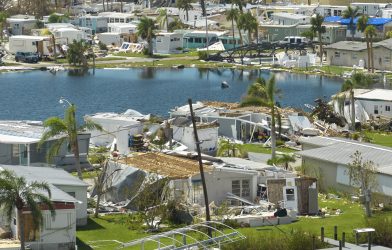For most of history, water belonged to people. Rivers, wells, and springs were shared by the communities that lived around them. However, over the past two centuries, that sense of common ownership has slowly disappeared. Governments began regulating access, companies started packaging water as a product, and the idea of water as a basic right began to collide with the logic of the market.
From Public Good to Private Control
In nineteenth-century India, British colonial authorities transformed local water systems. They built canals and introduced irrigation fees, claiming new powers over rivers and wells that had once been freely used by villagers. It was not one sudden act of privatization but a gradual shift: laws and fees that moved control of water from communities into the hands of the state and private owners. What had once been free now came with a cost.
Turning Springs into Products
A century later, the pattern returned in a new form. In the 1990s, bottled water became a booming global business. Among the companies leading this industry was Nestlé, which obtained licenses to draw groundwater from public springs in countries across the world. The payments were often minimal compared to the retail price of the final product. The company’s operations illustrate a broader pattern in which access to water is increasingly determined by ownership and profit rather than need. Similar practices have been adopted by other multinational beverage producers, reflecting a global shift in how water is valued and controlled.
The Debate over Rights and Prices
The tension deepened in 2005 when a Nestlé executive suggested that only the basic level of water should be considered a human right, while the rest should be managed through markets. Although the company later clarified that it supports universal access to safe drinking water, the comment left a lasting impression. For critics, it symbolized the moral question behind industry: should something as vital as water ever be treated as a commodity?

When Inequality Becomes Visible
The controversy reached its sharpest contrast in the United States. During the years when residents of Flint, Michigan, faced poisoned tap water, Nestlé was paying about two hundred dollars a year to extract millions of gallons from the same state for bottling. The comparison sparked outrage: one community struggling for clean water while another source was being sold for profit. It forced Americans to confront a question that developing countries had been asking for decades.
Global Stories, Shared Patterns
In Pakistan, Nestlé and other bottled-water companies have been criticized for operating in areas already suffering from water scarcity. In Canada, a small town trying to secure a local well for its future supply lost its bid to a corporate buyer. Each of these examples points to the same underlying challenge: when water becomes an economic asset, local communities often lose control over what they depend on most.
Drought and the Cost of Extraction
Today, that problem is becoming harder to ignore. Droughts are growing longer, aquifers are drying faster, and rainfall is becoming less predictable. Every litre pumped from a groundwater source now carries a cost that extends far beyond the factory gates. Governments in several countries are reconsidering extraction fees, seasonal limits, and community rights to protect what remains.
The Economics of a Shared Resource
Economists describe the bottled-water debate as a failure of pricing. The retail cost of bottled water reflects packaging and transport, but rarely includes the environmental loss or social damage caused by removing it from its source. When companies pay little to extract, the real cost is shifted onto local ecosystems and people. Aligning private profits with public welfare means pricing extraction realistically, enforcing sustainability limits, and ensuring that citizens always have the first right to safe water.
A Question That Returns to Everyone
From colonial canals to bottled brands, the story of water has been shaped by power: who controls it, who profits from it, and who is left behind. As droughts intensify and supply runs low, that question is no longer abstract. Water is still life itself, and the fight over who owns it may decide not only who thrives, but also who survives.














